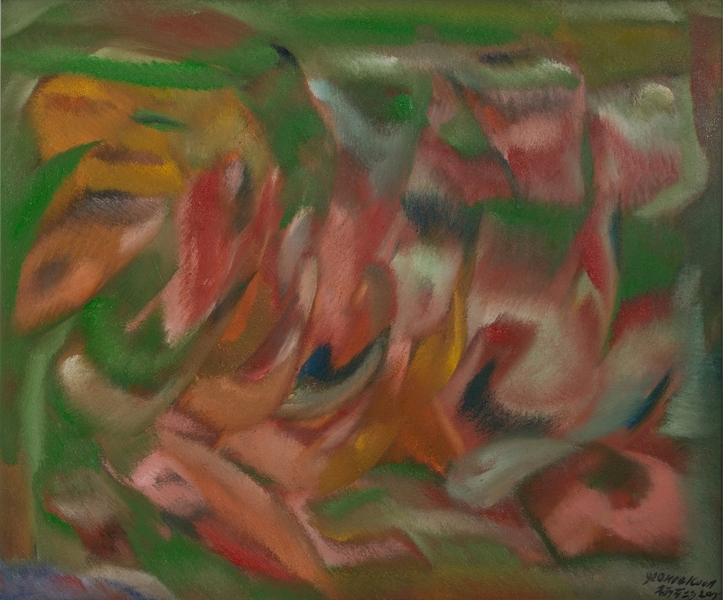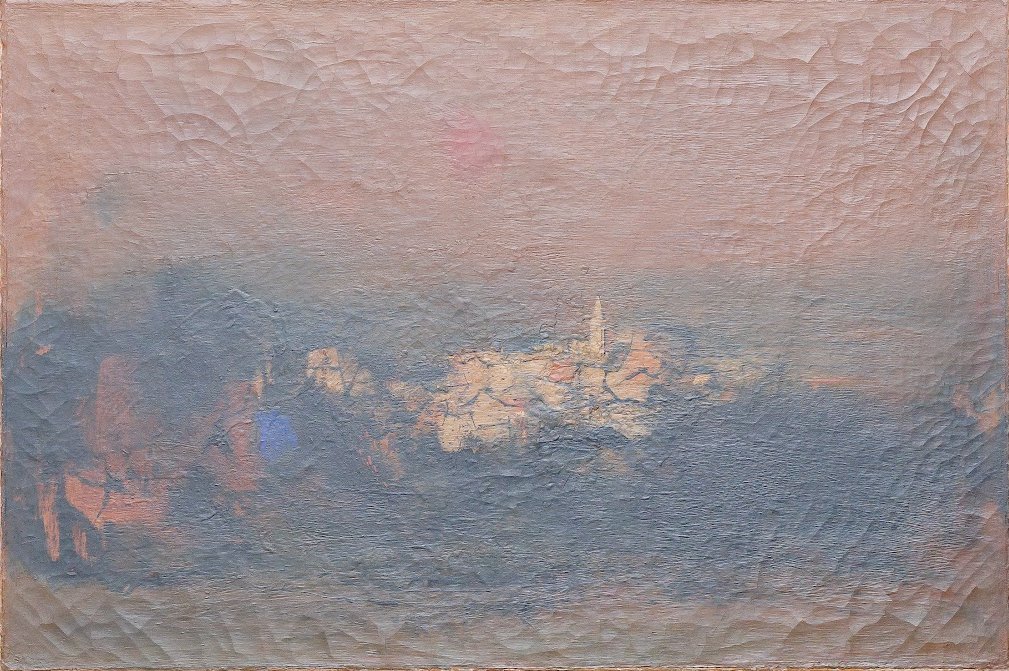Acrylic Painting on Canvas Team Bonding Art Jamming Singapore Visual Arts Centre
























Yeo Hoe Koon
Oil on Canvas
64 x 89.5 cm
Price Range: $16,000 - $20,000

Yeo Hoe Koon
Oil on Canvas
101 x 123 cm
Price Range: $26,000 - $32,000

Chen Wen Hsi
Chinese Ink and Color on Paper
50 x 54cm
Price Range: SGD $42,000 - $50,000

Cheong Soo Pieng
Red Tone
61 x 91.5cm
Price Range: SGD $108,000 - $138,000

Cheong Soo Pieng
Abstract Landscape
50 x 61cm
Price Range: SGD $95,000 -$128,000

Fan Shao Hua
Chinese Ink and Colour on Paper
100 x 100cm
Price Range: SGD $9,800 - $14,800

Fan Shao Hua
Chinese Ink and Colour on Paper
100 x 100cm
Price Range: SGD $8,800 - $13,800


A palette knife is a blunt tool used in mixing/applying paint. The “palette” in the name is a reference to an artist’s paint palette used to hold and mix oil and acrylic paints. From the 19th century to the 21st century, this handy tool has gradually been gaining popularity as a painting tool on top of being a mixing one. Of the different sizes of palette knives available, most can be compartmentalised into 2 categories: those with a rounded tip and those with a pointed tip. Art knives with a pointed tip are usually the go-to choice for applying paints.
This seemingly simplistic tool is capable of creating incredible textures – think impasto and the loaded brush technique. The multi-loaded brush technique refers to the dipping of a paintbrush into more than one colour, such that a stroke of the paint brush will reveal a beautifully blended multi-colour stroke. Impasto is the Italian word for “dough”, referring to the thick and textured application of paint on a surface which gives the painting an edge of 3-dimensionality. We can see the impasto method from works like Vincent Van Gogh’s The Starry Night (1889) and Still Life: Vase with Pink Roses (1890) to Conrad Jon Godly’s scenic summits in Sol-Studies (2014).

Lynn Boggess, “14 July 2014”, Oil on Canvas
Conrad Jon Godly, Sol-Studies, Oil on Canvas

Barbara Flowers “Two Peaches and Hydrangea”, Oil on canvas
The palette knife can be used to accentuate precise textures and colours. The textural elements brings richness to scenes like frothy waves along a shore, duff on the rainforest floor, or simply clouds in the sky. To all experienced artists and beginners alike, why not try painting with a palette knife one day? After all, like all instruments, it is but a tool of expression!
Click and get to our WhatsApp
Embark on a captivating journey into the vibrant world of digital art! Our Foundation in Digital Art workshop invites budding creatives aged nine and above to unleash their imagination and hone their artistic skills in a dynamic, supportive environment. From mastering basic digital tools to crafting mesmerizing digital masterpieces, children will explore a spectrum of techniques guided by seasoned mentors. Through hands-on activities and interactive sessions, participants will discover the endless possibilities of digital expression while fostering creativity and critical thinking. Join us for an exhilarating adventure where young artists transform ideas into stunning visual realities, igniting a passion for digital art
In the Batik Introduction Handkerchief Painting workshop, participants will learn the traditional art of batik, a wax-resist dyeing technique originating from Indonesia. The workshop begins with a brief history and overview of batik, highlighting its cultural significance and various techniques. Participants will then observe a demonstration of applying wax with tjanting tools and dyeing the fabric. Following the demonstration, each participant will design and create their own batik handkerchief, applying wax to create patterns and then dyeing their fabric. The workshop concludes with a group discussion, allowing participants to share their creations and reflect on their learning experience.